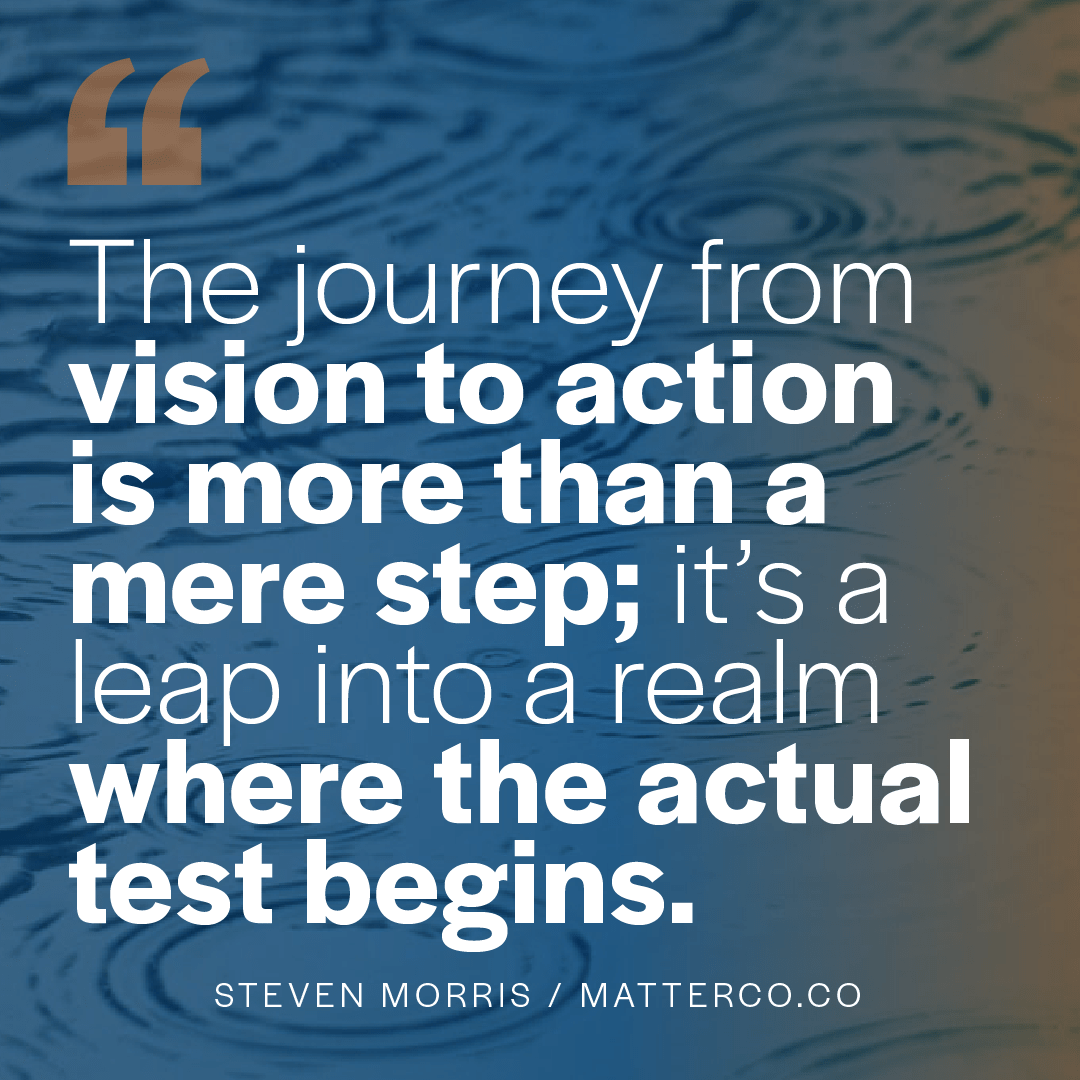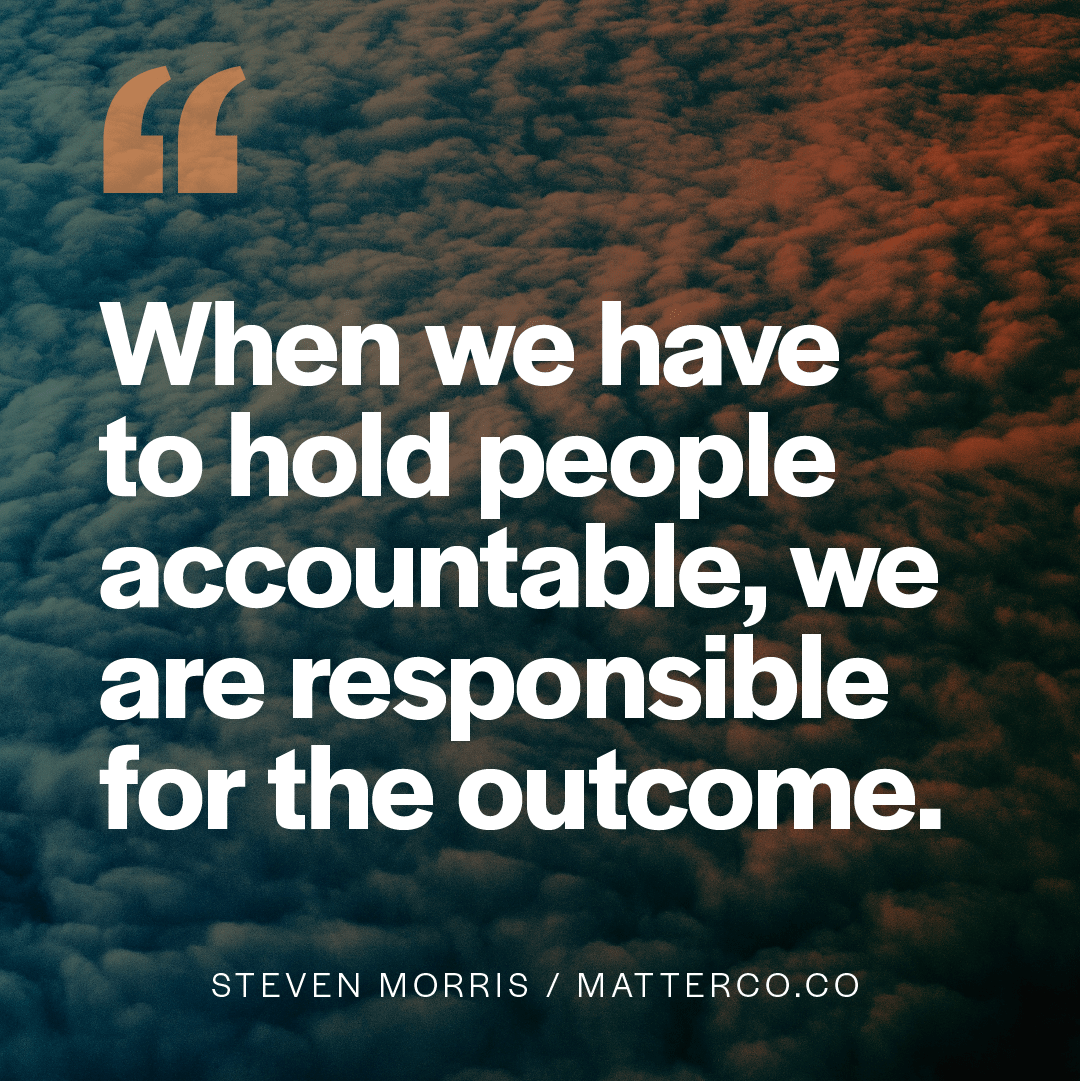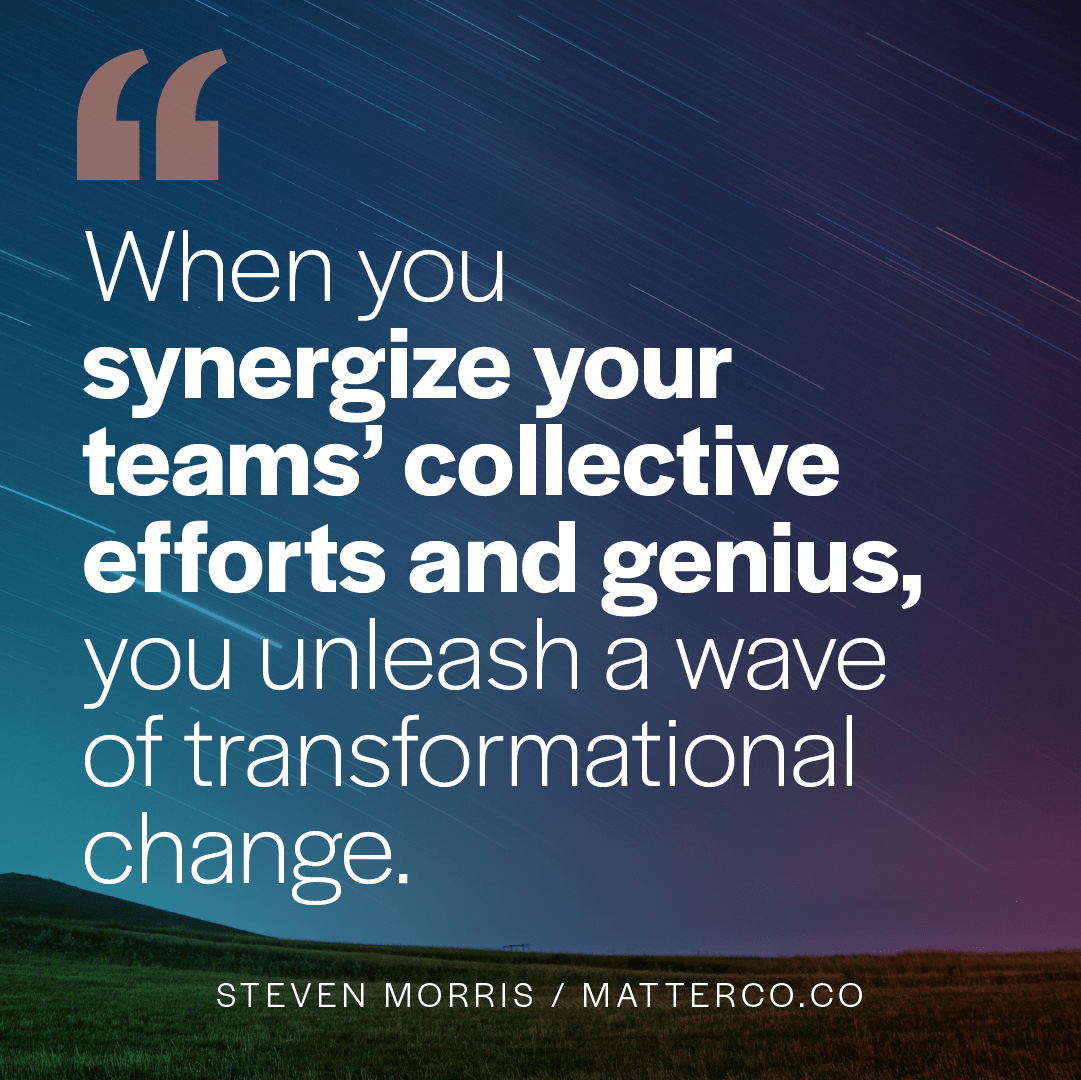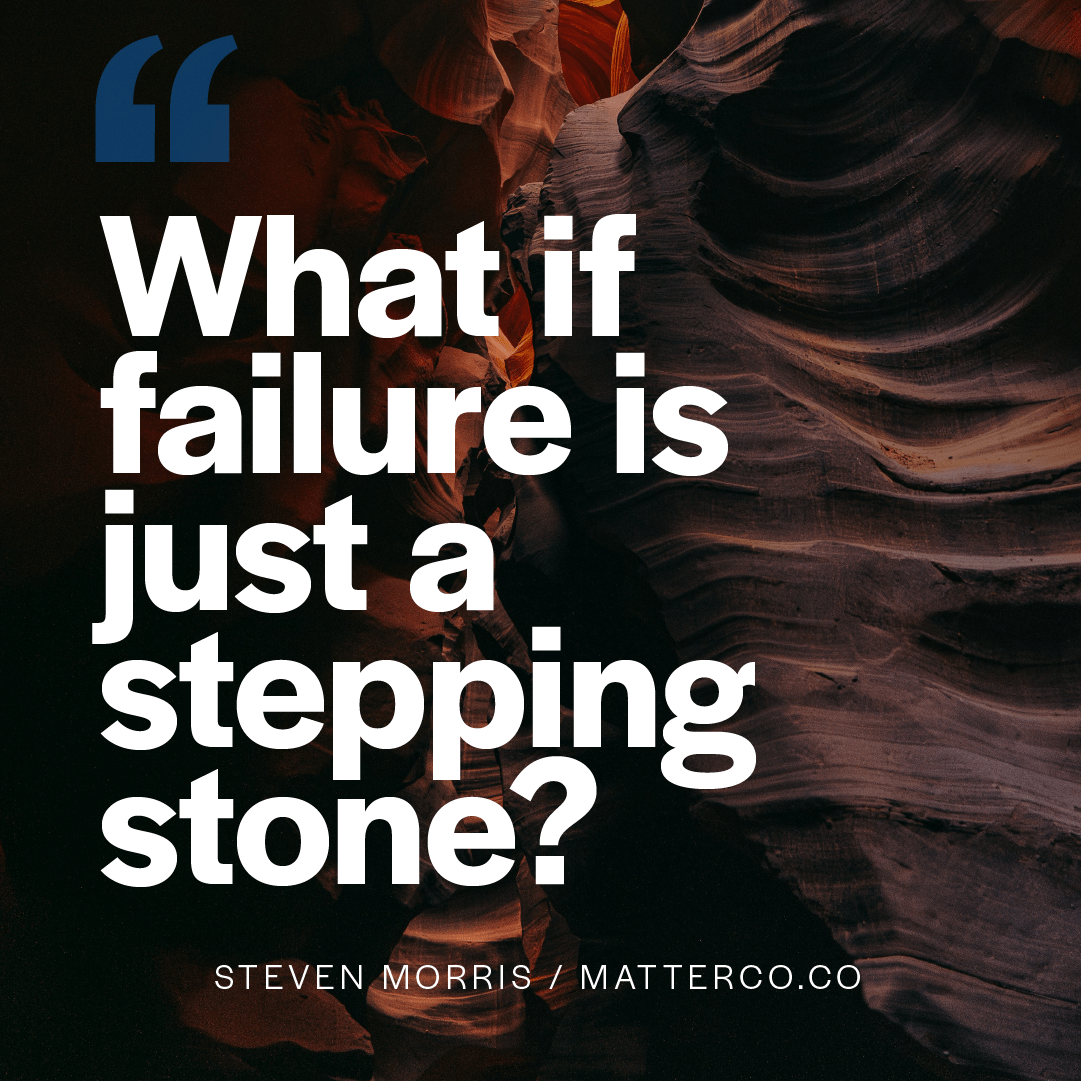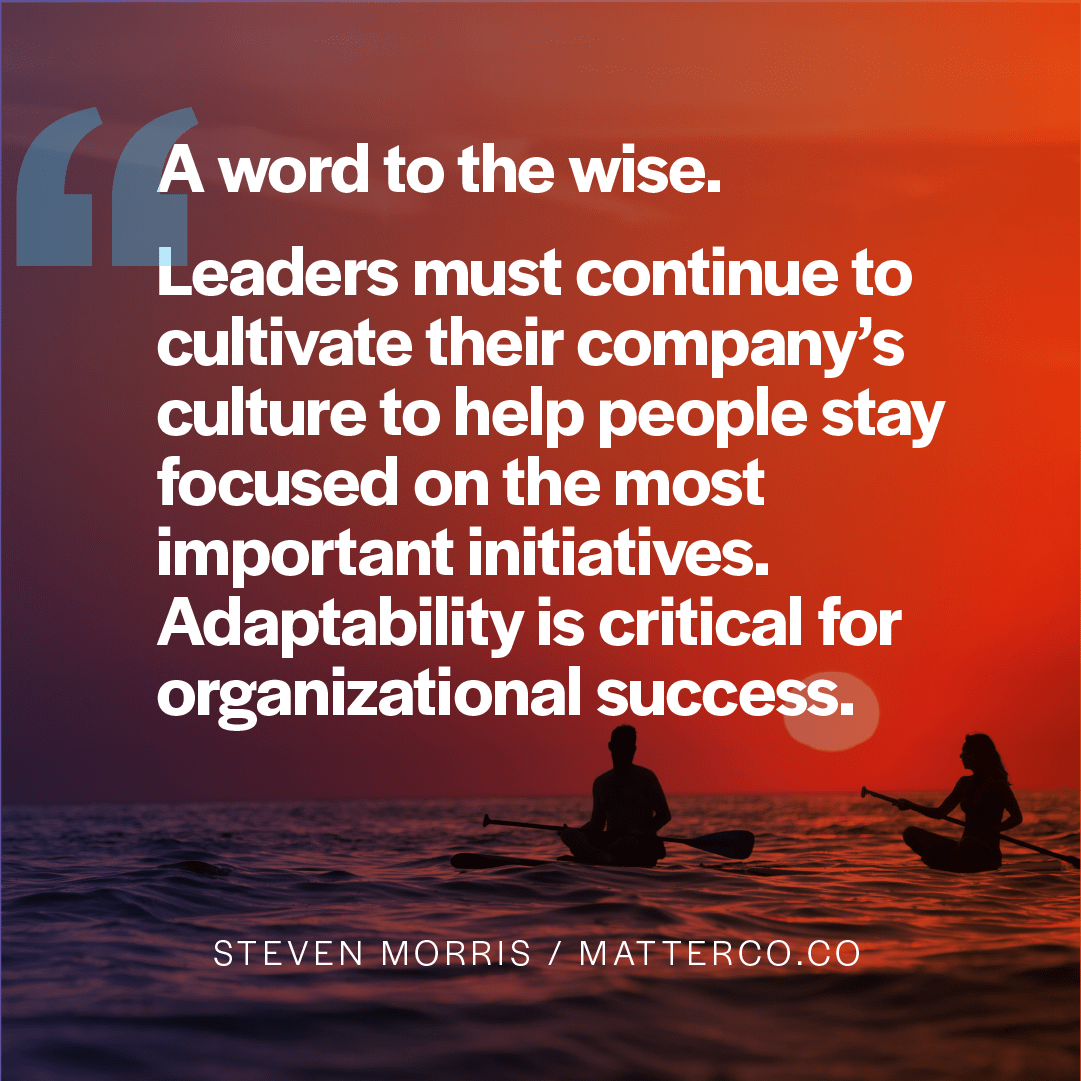
Thinking Different About Culture
At first glance, you might expect COVID to be a disaster for corporate culture. The widespread shift to remote or hybrid work decreased the face-to-face interactions that reinforce organizational culture.
But, with challenge comes opportunity.
There’s mounting research has shows even when you create a culture that is strategically aligned and bonded, it won’t help you over the long run unless you also develop a culture that is adaptive to current realities.
Real time response creates adaptability.
A Berkeley study shows that companies that were strategically aligned, connected, and had built in the capacity to adapt quickly to changing environments earned 15% more in annual revenue compared to those in the same industry that were less adaptable.
Cultural adaptability is the measure of your organization’s ability to adapt, innovate, respond, and quickly take advantage of new opportunities. This is especially important now and for the foreseeable future.
No two cultures or employees are alike. While that’s a good thing, it makes for trickier HR policies. In responses to COVID, I’m seeing more and more leadership and HR teams open their creative thinking beyond one-size fits all cultures, without playing favorites.
With this in mind, I’m sharing two examples of what organizations are doing to adapt to current-day (COVID) cultural demands.
Example 1: Team Member Plan
One company I work with created a multi-point needs analysis on their team members to reshape their hybrid work culture.
Based on criteria that ranges from job responsibilities, longevity with the company, parents with children including number of children and their age, the daycare or school needs of their children, their relevant location to the main office (considering commute), etc., we shaped a team member plan to ensure that the needs of their employees align with the needs of the company.
We then developed a scoring system and associated support plan for each employee to perform for optimal collaboration, happiness, satisfaction, and productivity.
The scoring system and support plan optimized the time (time of day, day of week) and place (home, in office, etc.) for employees to flourish in their role, responsibilities, team and personal needs.
Example 2: Culture CARES Persona Response
At another company we created a task force, dubbed the Culture CARES (Concern, Analyze, Respond, Evolve, Serve) Team, that went beyond the usual suspects of HR and the C-Suite to create a cross-functional support and response plan.
Working with this wide team representation group, we co-created a set of personas that distilled employee hybrid work-need-sets and organized them into eight unique persona groups.
Led by the Culture CARES Team, we solicited input from all company employees to assess employee needs across the personal and job-role spectrum wants and needs. Out of our company-wide feedback, we created a hybrid work plan to support individuals of each of the persona groups.
Both the team member plan and the persona approach included considerations for time (time of day, day of week) plans, place plans (at work, in home, or hybrid), productivity plans (including communication paths, technology support, reporting, etc.), subsidies for childcare, increase compensation, and employee feedback loops to assess plan effectiveness and productivity.
A word to the wise.
Leaders must continue to cultivate their company’s culture to help people stay focused on the most important initiatives. Adaptability is critical for organizational success.
Just as necessity is the mother of invention, I’m seeing more and more companies come up with creative and innovative approaches to respond to the expanded approach to culture. To be clear, each culture is unique. And, the approaches that fits for one, won’t work for all.
My advice: Get curious and creative about how to best set your team up to adapt and flourish.
The biggest mistake you can make is pretend the problem and the associated opportunities don’t exist. Do nothing, and you’ll lose your best employees to better cultures.
When is the best time to build a great culture? 10 years ago. When is the second-best time? Now.
Here is a quick reminder of the work I do.
And, here’s what people say about working with me (scroll to the GREEN section).

P.S. I’ve got a new book coming out on 11/11 called The Beautiful Business: An Actionable Manifesto to Create an Unignorable Business with Love at the Core.
I’m excited about it, as the world needs it and the wisdom within it, more than ever.
You can now Pre-Order it here, and get two BONUSES!
If you want a more trusting team, a culture of belonging or a magnetic brand that attracts more of the right customers, I can help. If you'd like to explore if working together makes sense, drop me a line.




